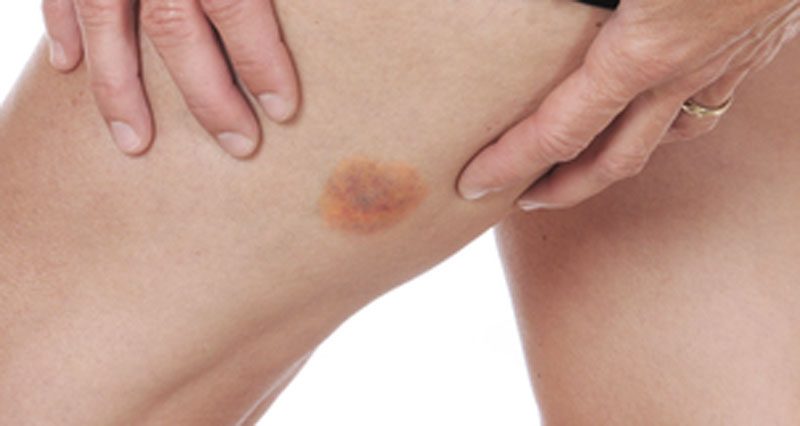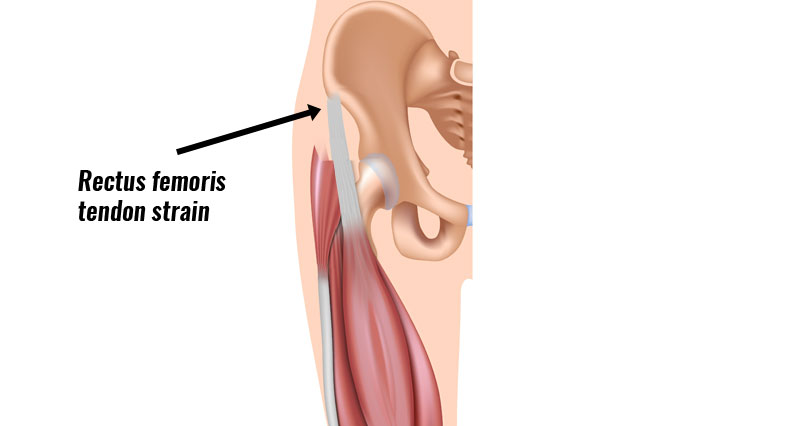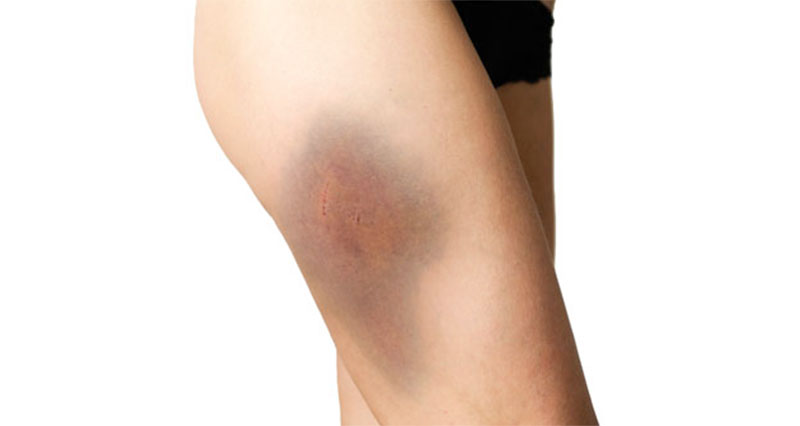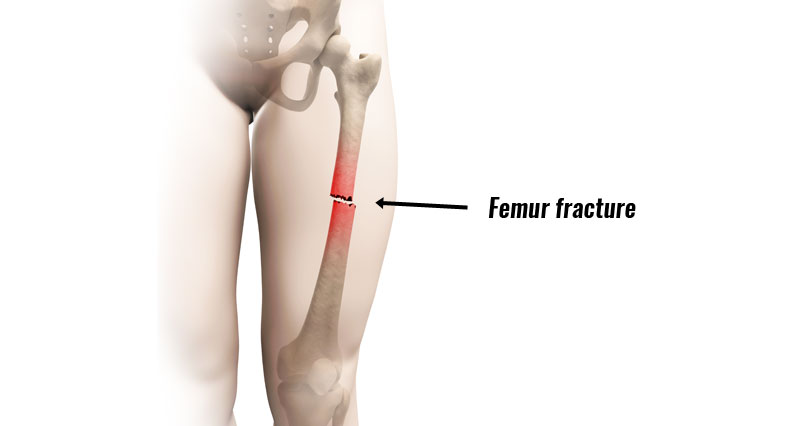A hamstring contusion involves a direct blow to the back of the thigh causing the muscle to be crushed against the bone. Here we explain how to treat and recover from a contusion and avoid potentially serious long term loss of function.
Symptoms of a hamstring contusion
It will be pretty obvious if you have taken a hard impact to the back of the thigh. However, the exact damage and severity of your injury may not be so clear. Symptoms include:
- Pain at the site of injury.
- You may have swelling or bruising.
- Movement may be limited or restricted.
It is important the correct diagnosis is made because trying to exercise on a complete rupture, or a bad intramuscular injury can inhibit healing. As a result your injury will become worse and you may even cause permanent disability.
After two to three days check:
- Has any swelling gone? If not then then you probably have an intramuscular injury.
- Is there any bruising? If yes then you probably have an intermuscular injury.
- If they are more able to contract the muscle then an intermuscular injury is suspected.
- Is there deformity or gap in the muscle?
Like muscle strains, contusions are grade 1, 2 or 3 depending on the severity.
Grade 1
Grade 1 contusions might have tightness in the back of the leg. The patient is likely to be able to walk although possibly with a limp. There will not be much swelling and the patient will have a full range of motion.
Grade 2
You probably cannot walk properly and may experience sudden twinges of pain during activity. It will feel painful and tender when pressing in on the injury. You may have some swelling. Contracting your hamstring muscles against resistance causes pain and you will have a limited range of movement.
Grade 3
With a grade 3 contusion, you will be unable to walk without the aid of crutches. It will be very painful and swelling will appear immediately. If you try to contract your muscle it will be painful. You might even have a bulge or gap in the muscle.
If heat and massage are applied in the early stages then Myositis Ossificans (or bone forming within the muscle) may result.
What is a contusion?
A contusion is an injury to a muscle caused by direct impact or trauma. Impact to muscles can result in more damage than might be expected. Therefore, you should always treat them with respect.
The muscle is crushed against the bone. If not treated correctly or if treated too aggressively then myositis ossificans may result. Contusions are classed as intramuscular and intermuscular and recovery time will depend on which is sustained.
Intramuscular hamstring contuision
This occurs the muscle is damaged within the sheath that surrounds it. The sheath itself is not torn. As a result, any initial bleeding may stop early (within hours). This is because of increased pressure within the muscle.
However, fluid is unable to escape because the muscle sheath prevents it. The result is considerable loss of function and pain, which can take days or weeks to recover from. You are less likely to see any bruising with this type – especially in the early stages.
Intermuscular hamstring contusion
This occurs when the muscle is damaged, and so is part of the sheath surrounding it. This means that the initial bleeding will take longer to stop, especially if you do not apply cold therapy and compression.
However, recovery is often faster than intramuscular contusions. This is because the blood and fluids can flow away from the site of injury. You are more likely to seee bruising with this type of injury.
Treatment for a hamstring contusion
Rest and apply ice or cold therapy immediately. Ice can be applied for 10 to 15 minutes with compression every hour for the first 24 to 48 hours.
A professional therapist can use sports massage and electrotherapy to speed up recovery after the acute stage has passed. A full rehabilitation program consisting of stretching and strengthening exercises is required to avoid future injury.
If you have a severe grade 3 contusion, expect to be out of competition for 3 to twelve weeks. If the injury is particularly severe then you may need surgery.




